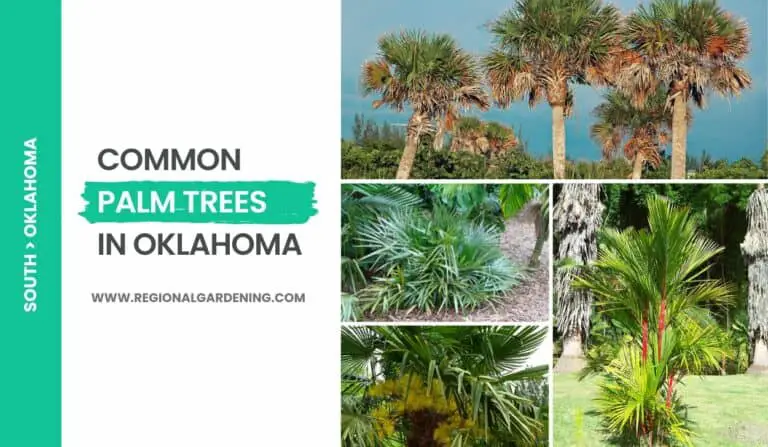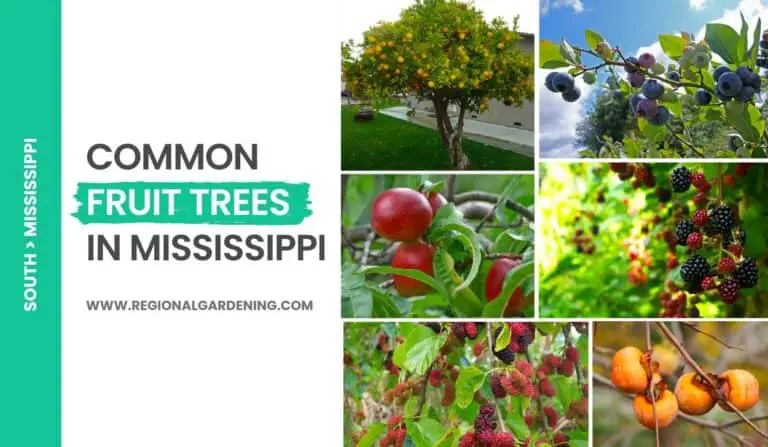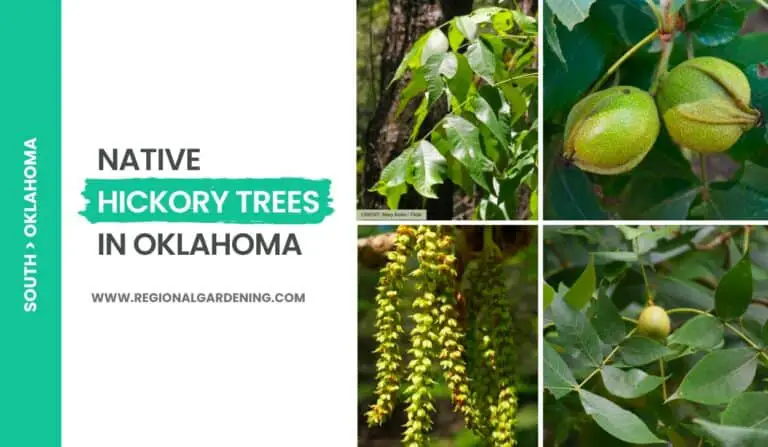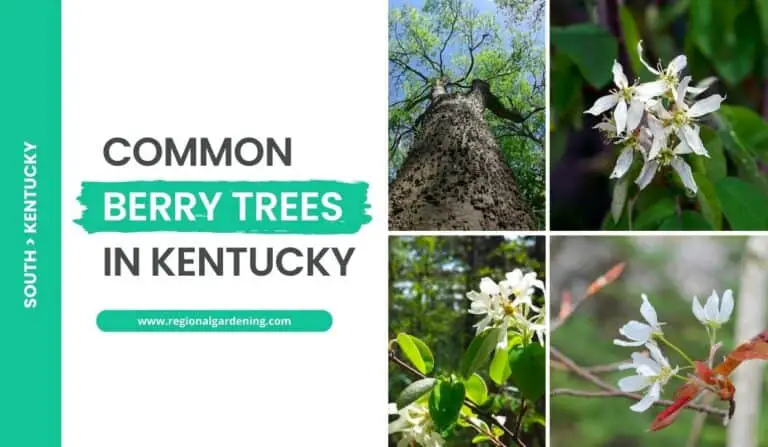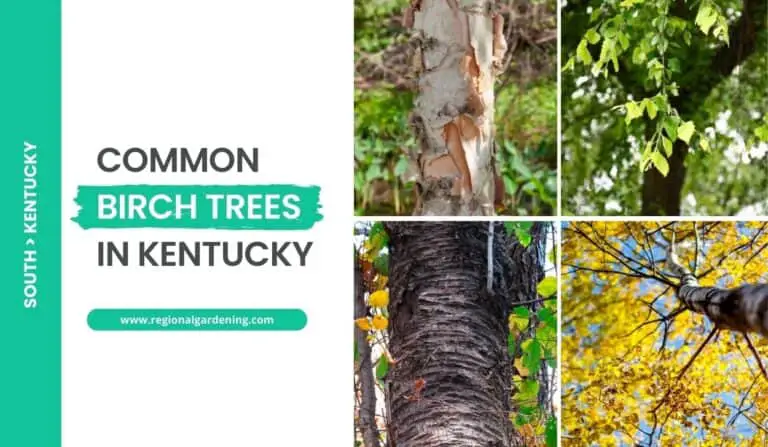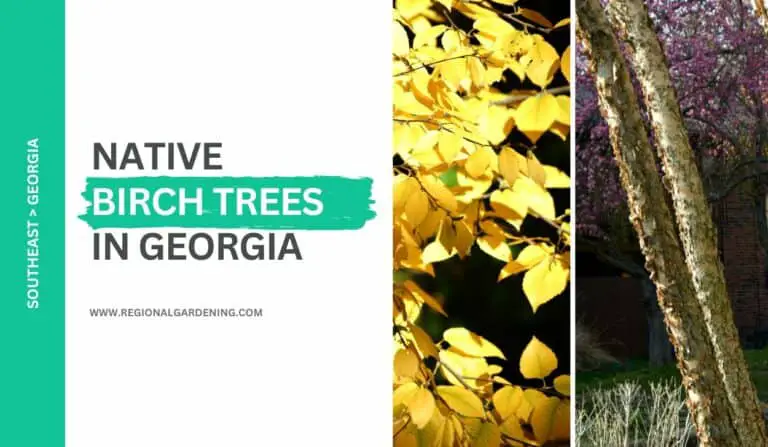2 Native Cypress Trees In Oklahoma (Photos & Identification)
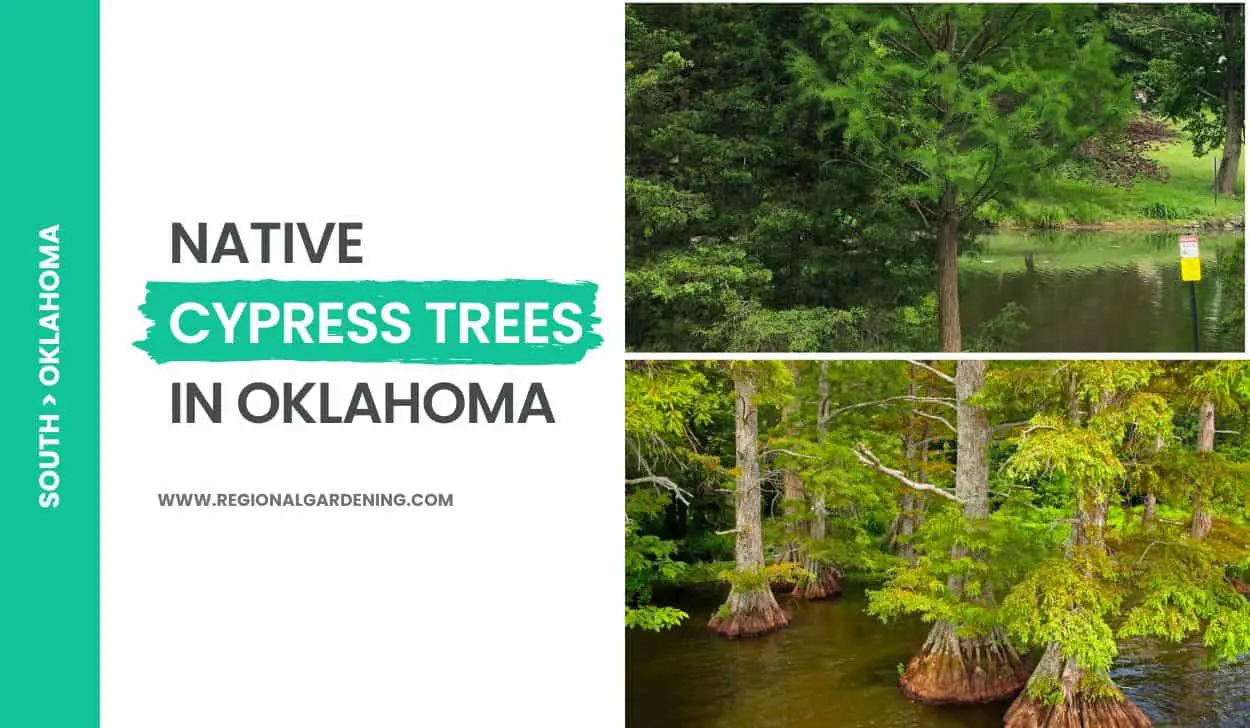
Explore the fascinating world of cypress trees in Oklahoma, home to two widely distributed species that have successfully colonized the state’s varied ecosystems.
These cypress trees, renowned for their lofty stature and ethereal beauty, not only captivate us with their appearance but also provide a wide range of useful services. The versatility of these trees is remarkable, as their wood can be used for construction and craftwork in addition to shading and beautifying gardens.
Explore the wonders of these beloved Oklahoma residents as we delve into detailed descriptions and uses of each cypress tree species, accompanied by captivating photos.
Let’s begin.
1. Bald Cypress
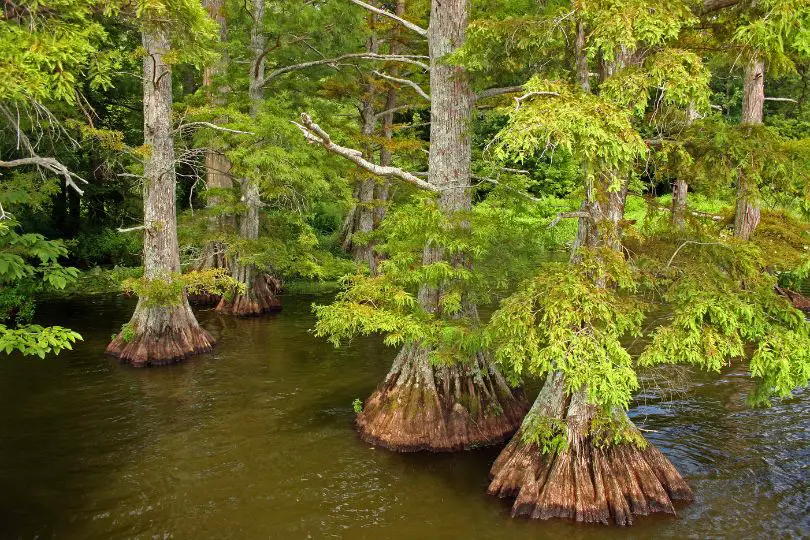
- Scientific Name: Taxodium distichum (L) Rich.
- Common Name: Cypress, Bald Cypress
- Mature Height: Up to 100 feet (30 meters)
- Native Region: Southeastern part of Oklahoma, along streams tributary to the Red River
- Flowers: No Flowers.
- Fruit: Rounded cones, about one inch in diameter, consisting of thick, irregular scales, each bearing 2 seeds.
- Uses: The wood of the bald cypress is light, soft, and easily worked, making it suitable for exterior trim of buildings, greenhouse planking, boat and shipbuilding, shingles, posts, poles, and cross ties. It is also a desirable ornamental tree for decorative planting due to its beauty and unique appearance.
Taxodium distichum, also known as the bald cypress, is a tree native to southeastern Oklahoma. It is typically found in streams that flow into the Red River. This tree is notable for its straight trunk, numerous ascending branches, and narrow conical shape, which contributes significantly to the landscape’s beauty.
The tree has a large fluted or buttressed base, a smoothly tapering trunk, and a broad, open, flat top with heavy branches and numerous little branchlets as it ages. Mountain Fork is home to the state’s largest bald cypress tree, which measures around ten feet in circumference and 100 feet in height.
Numerous longitudinal cracks finely split the bald cypress’s bark, which ranges in color from silvery to cinnamon-red. The feather-like leaves are about one-half to three-fourths of an inch long and are placed along two sides of little branchlets. The little branchlets fall with the leaves still attached in the autumn. Cypress fruit is a spherical cone, often known as a “ball,” about one inch in diameter. These cones are made up of thick, uneven scales, with two seeds on each scale.
Bald cypress wood is highly regarded for its lightness, suppleness, and resilience in contact with soil. Its hue ranges from bright sapwood to dark-brown heartwood. This makes it desirable for a variety of construction tasks, including building exterior trim, greenhouse planking, boat and shipbuilding, shingles, posts, poles, and cross ties.
Furthermore, because of its distinct appearance, the bald cypress is a popular choice for decorative planting. It is particularly appealing since it grows out of water without growing “knees” like some other cypress species. With careful care, the bald cypress may be cultivated in Oklahoma environments, offering a dramatic accent to any garden or landscape design.
2. Pond Cypress
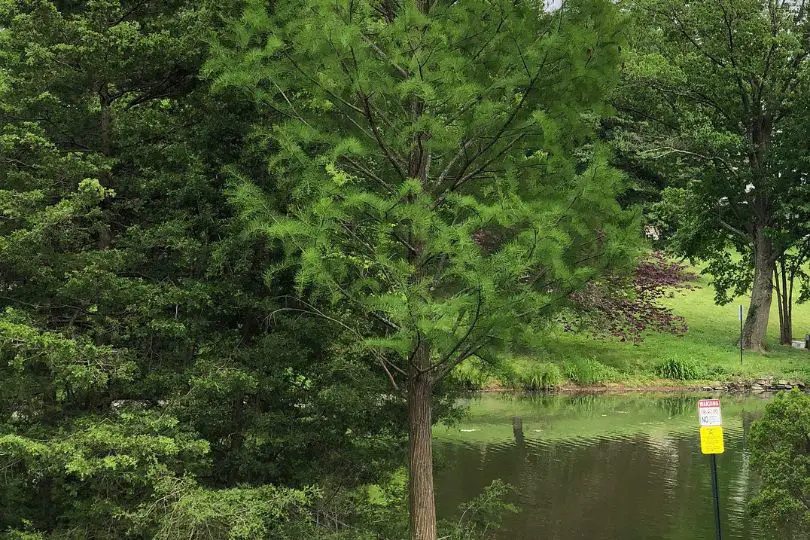
- Scientific Name: Taxodium ascendens
- Common Name(s): Pond Cypress
- Mature Height: 40-50 feet (12-15 meters)
- Native Region: Southeastern United States
- Flowers: No Flowers
- Fruit: Cones that contain small seeds
- Uses: Pond Cypress is commonly used in landscaping for its attractive appearance and ability to withstand flooding. It is also used in the construction of outdoor furniture and as a source of lumber and firewood.
Taxodium ascendens, popularly known as Pond Cypress, is a deciduous conifer tree native to the southeastern United States. It has a slender, upright growth habit and can reach a mature height of 40-50 feet (12-15 meters).
Pond Cypress is typically found in wetland habitats such as swamps, bogs, and along riverbanks in its natural area. It has a slow growth rate and can live for hundreds of years. While it does not produce beautiful flowers, it does produce little cones with seeds.
Pond Cypress can be a lovely addition to wetland gardens or regions prone to floods in Oklahoma landscapes. It prefers moist, acidic soil and grows in full sun to light shade. It is, nevertheless, flexible and can survive a wide range of soil conditions. Watering is essential during the establishment phase, but once established, it can withstand periods of drought.
Pond Cypress requires little upkeep. It is resistant to pests and diseases and does not require pruning regularly. However, pruning may be required on occasion to keep the ideal shape. Mulch around the tree’s base can assist retain moisture and discourage weed development.
Pond Cypress has been a popular choice for landscaping projects due to its appealing appearance and capacity to withstand rainy conditions. It can be utilized as a specimen tree, a focal point in wetland gardens, or a windbreak along a body of water. Because of the durability of its wood, it is also a valuable source of lumber and firewood.
Native Cypress Trees In Oklahoma – Frequently Asked Questions (FAQs)
Let’s go through some of the most commonly asked questions about commonly found cypress trees in Oklahoma.
Are there any cypress trees in Oklahoma?
Yes, there are cypress trees in Oklahoma. Native to the southeastern United States and even some parts of Oklahoma, the bald cypress (Taxodium distichum) is a deciduous conifer. It prefers moist, low-lying environments like swamps and riverbanks. The roots of the bald cypress are frequently submerged in water, and the tree itself has prominent “knees” that stick out of the ground. These trees have the potential to reach great heights, making them an invaluable resource for many different kinds of wildlife. Although cypress trees are not as common in Oklahoma as they are in other states, they can still be found in certain regions of the state.
What are the common uses of cypress trees in Oklahoma?
Many Oklahomans appreciate cypress trees for more than just their aesthetic value. Their adaptability to wet environments makes them a good choice for protecting shorelines from erosion. Because of the shade and anonymity they offer, they are frequently used in landscaping. Cypress wood is excellent for use in fences, decks, and outdoor furniture because of its durability and resistance to decay and insect damage.
Furthermore, the tree’s dense wood is frequently used for flooring, cabinets, and paneling. Cypress trees are attractive ornamental trees in gardens and parks due to their conical shape and feathery foliage.
Similar Articles
- Native Pine Trees In Oklahoma
- Native Maple Trees In Oklahoma
- Native Elm Trees In Oklahoma
- Common Palm Trees In Oklahoma
- Native Hickory Trees In Oklahoma
- Native Oak Trees In Oklahoma
- Native Cedar Trees In Oklahoma
- Native Ash Trees In Oklahoma
- Common Cherry Trees In Oklahoma
- Common Birch Trees In Oklahoma
Native Trees In Oklahoma – Sources
The Regional Gardening team makes sure that the information in our articles is accurate by only using sources that are known to be trustworthy. Some of these sources are peer-reviewed journals from government agencies, well-known universities, and scientific research organizations.
- Forest Tree Species, Oklahoma State University Extension
- Oklahoma Trees for Gardening Resource, Oklahoma State University Extension
- Oklahoma Native Trees by County, Oklahoma Forestry Services
- Native Plant Guide, Oklahoma County Conservation District
- Plants, Seeds & Landscapes, Oklahoma Native Plant Society
- Plant Selections for Oklahoma, Oklahoma State University Extension


